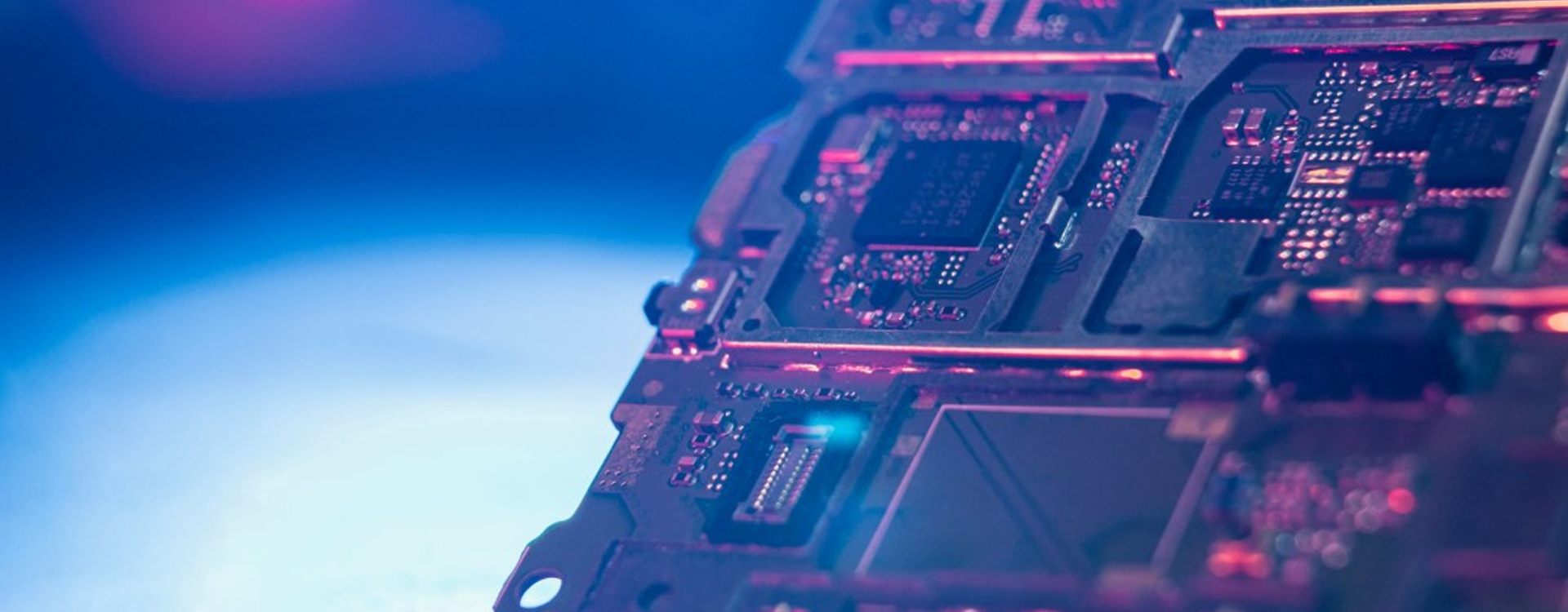Seminar Details
Silicon is widely considered as the most promising candidate for anode material in the next generation of lithium-ion batteries. However, its extensive volume dilatation over 300% upon lithiation limits its practical implementation. In this work, we present nanostructured Si-C hybrids synthesized from carbon rich preceramic polymer and milled Si particles as promising strategy to mitigate the limitations linked to Si. Current work is aimed at studying the phase, microstructure and electrochemical performance of proposed Si-C hybrid nanostucture obtained by mixing of the said components (Si: C) at different ratios, pyrolyzing the mix at different temperatures followed by HF etching. Utilizing a polymer-derived SiCO ceramic as the source of carbon matrix offers the flexibility to tailor pore arrangements and precisely control surface chemistry. The introduction of porosity into the SiCO-based carbon matrix by altering its microstructure is an inventive concept presented in this research.
The current work involves creation of a porous Si-C hybrid anode structure following different synthesis routes. The initial step in this process involves preparing nanostructured silicon through high-energy mechanical milling (HEMM), which is employed in every fabrication process described for the Si-C hybrids. The first kind of Si-C composites is prepared from HEMM of nanocrystalline Si and oxycarbide derived carbon, which is synthesized at 1000 and 1200 ºC followed by etching. In the second synthesis route of Si-C hybrids additional pore forming agent in the form of amorphous SiO2 fillers were added into the hybrid nanostructure which were subsequently etched by HF. In an effort to further enhance the electrochemical performance, another method for fabricating Si-C hybrids was pursued. This approach places emphasis on improving the adhesion between nanostructured Si and the surrounding carbon matrix by using a non-ionic surfactant, Triton-X-100. Triton-X-100. The surfactant Triton-X 100 plays a crucial role in achieving a homogeneous dispersion of crystalline Si particles within amorphous SiCO matrix. The structure underwent the same etching treatment to introduce porosity
All Si-C hybrids discussed in this work demonstrated exceptional electrochemical behaviour, with the hybrids prepared by adding an interfacial linking agent showing the best results. This points to the conclusion that SiCO-derived carbon serves as a highly effective carbon matrix for achieving outstanding electrochemical performance when paired with Si nanoparticles as an anode in lithium-ion batteries. The elasticity of the SiCO-derived carbon matrix plays a crucial role as a buffering material, accommodating the expansion of crystalline Si particles' volume and also acts as a conduit for efficient electron transfer, enhancing the overall performance of the system. The high mesopore surface area and ordered carbon structure in the nanostructured Si-C hybrids led to a positive effect on the electrochemical results which make way for a series of such hybrids with different precursor polymers for application in lithium ion battery anodes.


